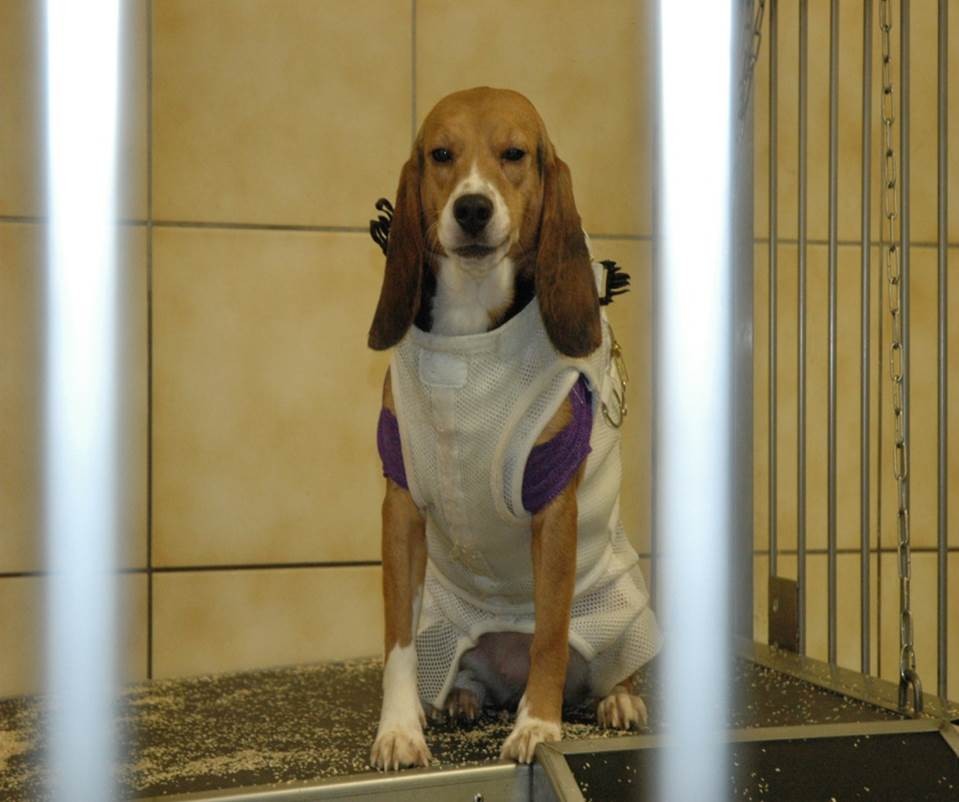Social housing during telemetry recording

The NC3Rs and Safety Pharmacology Society (SPS) have just published the paper ‘Social housing of non-rodents during cardiovascular recordings in safety pharmacology and toxicology studies’.
The report, available in the Journal of Pharmacological and Toxicological Methods, summarises a survey on current practices in the field of telemetry (remote recording of cardiac parameters) and identifies opportunities to improve animal welfare during the studies.
Most new medicines are assessed for their potential to affect the cardiovascular system in non-rodents before they enter first-in-human clinical trials. These studies are usually carried out in species such as dogs, minipigs or non-human primates (collectively called non-rodents), and are designed to better understand the potential of drugs to affect parameters including blood pressure, heart rate and electrocardiogram. These tests are commonly performed during either a standalone safety pharmacology study (with the animals implanted with a telemetry device) or as part of the repeat dose toxicity study (using telemetry recordings from animals wearing jackets containing the recording equipment). Using telemetry enables researchers to remotely monitor and collect large amounts of data from animals without restraint or disturbance.
It is general practice for the animals to be housed in social groups when they are not being studied. However, the majority of the pharmaceutical industry will separate animals from these groups on the telemetry data collection days. This is usually due to limitations in the current technology which cannot collect data from multiple devices simultaneously. Although these periods of isolation may be short, this practice can introduce additional stress to the animals, which could be avoided if updated telemetry systems (allowing recordings from socially housed animals) were adopted.

Laboratory dog equipped for non-invasive telemetry recording.
In 2015 a working group led by the NC3Rs, in collaboration with the SPS, carried out a survey to collect information on current practices for housing of non-rodents during the collection of the cardiovascular data. The aim was to share experiences and canvas opinions on study procedures and designs that could be used for socially housing animals during telemetry recording periods, and discover the barriers which currently exist to prevent this. The recently published report shares the output of the survey which was completed by 39 facilities across 12 countries.
The main barriers for social housing identified in the survey included the need for capital investment in equipment, potential damage to and limitations in the recording equipment (e.g. jackets), changes to established study designs, food consumption control and changes in animal temperament/activity. Despite these, the survey also highlighted that there is support for socially housing non-rodents throughout the whole study, with many companies actively planning to move towards these refined conditions. The report provides recommendations to facilitate this transition in practice and to encourage more companies to review their practices and consider adoption of this refinement across the industry.
